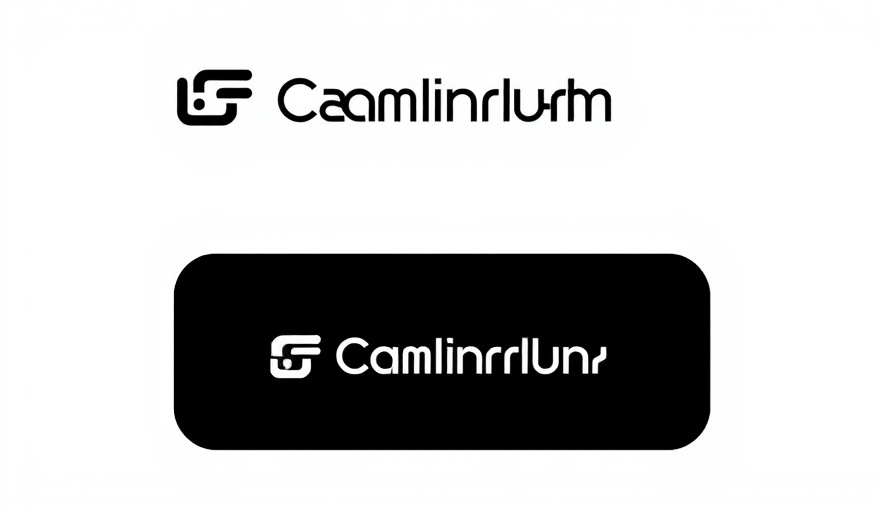
Revolutionizing Public Transit with Inductive Charging
In a groundbreaking move for sustainable public transportation, California-based ENC has partnered with electric vehicle charging innovator InductEV to launch an advanced wireless charging system for battery-electric buses. This collaboration is a response to the increasing demand from public transit operators across the U.S. and Canada, who are seeking efficient and reliable solutions amid ongoing supply chain challenges.
Transforming How Transit Agencies Operate
The Axess EVO-BE bus, now integrated with InductEV's state-of-the-art wireless charging technology, eliminates the range limitations traditionally faced by electric buses. Municipal agencies in regions such as Washington State, California, Oregon, Indianapolis, and Martha’s Vineyard are already deploying this new technology successfully. The collaboration aims to upgrade existing fleets and enhance operational efficiency, which is crucial in an era of rising environmental awareness and fleet electrification.
The Future of Charging Infrastructure
Unlike conventional wired charging systems, the inductive charging solution provides a fully automated, hands-free system, enhancing safety and reducing maintenance costs. According to InductEV, its wireless technology boasts up to a 90% energy efficiency rate, closely matching the capabilities of Level 2 charging stations. This innovation facilitates what the company calls "opportunity charging," allowing for partial charging throughout the day, which will sustain fleets and eliminate downtime.
Why This Matters to Transit Operators
The implications of this partnership extend beyond just convenience and safety; it offers significant economic advantages as well. InductEV and ENC are providing transit agencies with a scalable solution that requires less capital and operational expenditure compared to traditional charging methods. With increasing pressure to green their fleets, public transportation systems can now transition to zero-emission vehicles more easily, effectively contributing to urban sustainability goals.
Unifying Transit Modes with Interoperability
One of the most exciting aspects of this technology is its design for interoperability across different vehicle classes. This means that diverse transit options such as paratransit vehicles, low-floor buses, and even double-decker buses can utilize this wireless charging system, vastly improving flexibility in transit network planning. The Axess EVO-BE’s design offers customizable lengths of 32’, 35’, and 40’, catering to various operational needs.
Conclusion: A Beginning of a New Era in Public Transport
This partnership symbolizes a transformative moment for public transit, paving the way for a future where buses can be charged simply by driving over designated lines. As ENC leads the charge in adopting innovative technologies in public transportation, transit operators will have newfound tools to enhance service delivery while also fostering environmental sustainability.
As the demand for battery-electric buses continues to rise, it's crucial for transit agencies to consider how this technology might fit within their operational frameworks and financing strategies. Take advantage of the evolving landscape of green transit solutions.
 Add Row
Add Row  Add
Add 




Write A Comment